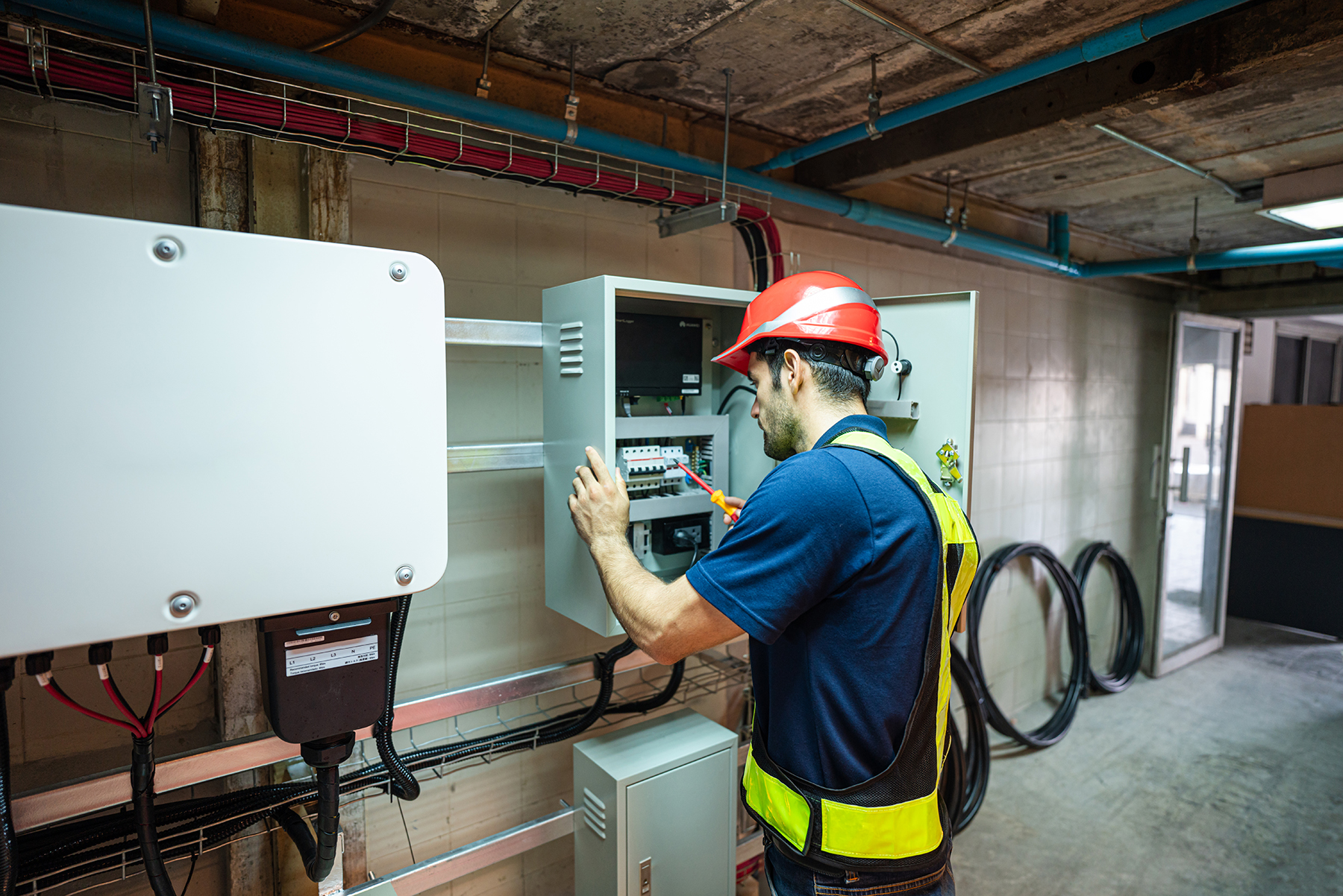We guarantee you the best price on the Quebec market.
Enjoy 12 months with no payments and no interest when you finance your generator purchase.
Certain conditions apply*

450-231-5692

Often ignored by the occupants of a house, the residential electrical panel is nevertheless the nerve center of the home energy system. It ensures both the distribution, protection and management of electricity throughout your home. In a context where energy performance, safety and the integration of renewable energies are becoming priorities, the electrical panel plays a strategic role. This guide details its operation, its structure, its essential functions, and its growing role in the residential energy transition.
The electrical panel, also called distribution panel, receives electricity from the public network or from an autonomous source (solar system, generator, battery). It then distributes this energy through various circuits in the house, each protected by a circuit breaker. These circuits serve lighting, heating, electrical outlets, electrical outlets, electrical vehicle charging systems, or computer equipment.
The panel is structured logically:
A good understanding of this architecture makes it possible to anticipate changes in the home (renovation, electrification, addition of equipment) and to ensure efficient energy management.
The primary function of the electrical panel is to guarantee the safety of occupants and the home. In the event of an anomaly — overload, short circuit, current leak — circuit breakers act as automatic circuit breakers to avoid any disaster.
A poorly maintained or outdated sign can present significant risks:
It is therefore imperative to carry out regular inspections, to check the wear of the components, and to update the table to ensure continuous and compliant protection.
With the emergence of sustainable residential technologies, the electrical panel is taking on a new dimension. It becomes a point of convergence between different energy sources: solar, wind, battery, generator, etc.
It allows:
This strategic role in multi-source management is essential for any home aiming for partial or complete autonomy.
Modern electrical panels can now incorporate advanced functions:
These technologies make it possible to move from passive management to dynamic, proactive and eco-efficient management of electricity.
An efficient and secure electrical panel requires rigorous maintenance:
An outdated or saturated picture limits the possibilities of technological evolution in your home and can be an obstacle to the adoption of sustainable solutions.
The electrical panel is no longer simply a distribution box: it is a real energy control center. By integrating advanced security features, intelligent management capabilities, and compatibility with renewable energy sources, it becomes the mainstay of the modern home. Its design, maintenance and upgrading must therefore be the subject of continuous attention to ensure the performance, safety and sustainability of your home.